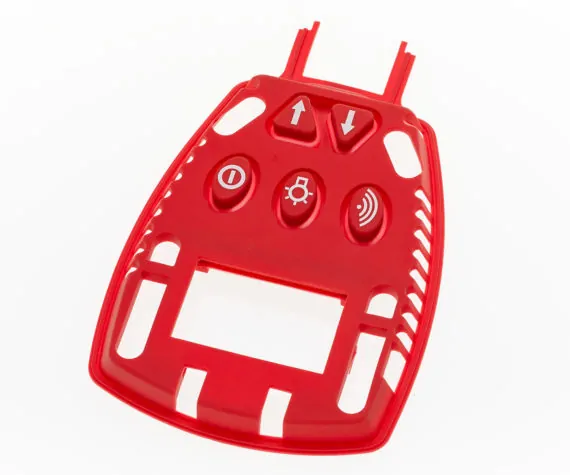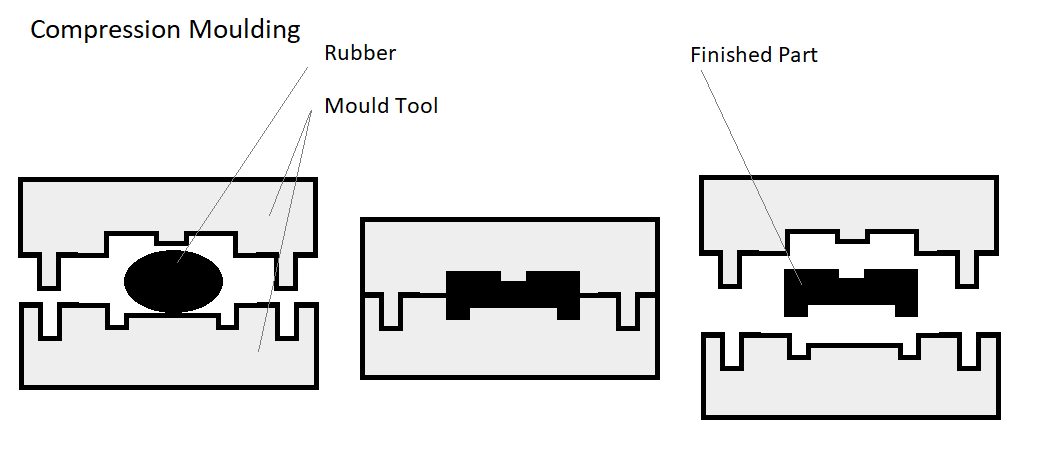A guide to compression and transfer moulding

Compression and transfer moulding are two of the most common methods of moulding rubber into complex shapes.
Compression Moulding
In compression rubber moulding, a commonly two-part mould tool is held open while a measured amount of rubber is placed into the cavity. The tool is closed, and the rubber is squashed into the shape of the tool cavity.
Temperature and pressure are applied, and the rubber vulcanises in the tool. The tool is then opened, the rubber moulding removed, and the cycle can begin again.
Transfer Moulding
In transfer moulding, the rubber is not put directly into the cavity with the tool open as in compression moulding.
Instead, there is a transfer chamber also known as a pot, above the cavity or cavities, into which the rubber is placed. When the press begins its cycle, the rubber in the pot is compressed and injected down passageways into the mould cavities where it is held under temperature and pressure until it has vulcanised.
Both compression and transfer moulding can be done on general or on vacuum enabled moulding presses.

Transfer moulding is suitable where there are many cavities and loading rubber into them would be time-consuming, compared with loading one larger piece of rubber into a transfer chamber, or pot, from which it will be injected into the various cavities. Transfer moulding is also often used when over-moulding inserts because transfer moulding is less likely to damage the insert, in compression moulding there is a lot of rubber being forced into shape and this can disturb inserts.
Injection Moulding
Injection moulding is similar to transfer moulding in that the rubber is injected into the cavities, except that with injection moulding there is no transfer chamber or pot, instead, the rubber is injected directly into the cavities of the tool.
Injection moulding permits greater automation, a press operator is not required to load rubber into a transfer chamber every cycle.
Most of Rubbertech 2000 general production is compression moulding because the part and mould design doesn’t demand more complex tooling.
Book a Factory Visit
If you are new to working with Rubbertech 2000 and would like to increase your confidence in us as a prospective supplier, we positively encourage inward visits. You are welcome to visit our factory, chat with the team, have a guided tour and see various rubber items being produced.
To arrange an inward visit, or to open communications with us, chat to us on our website, call (+44) 01594 826 019, submit an enquiry, or email sales@rubbertech2000.co.uk.
